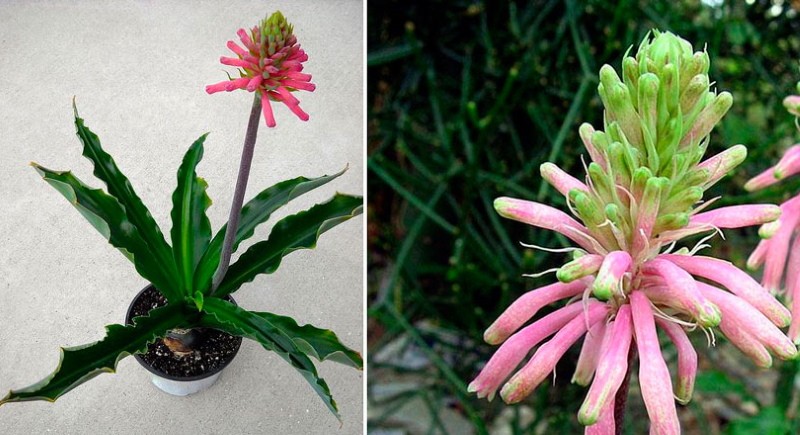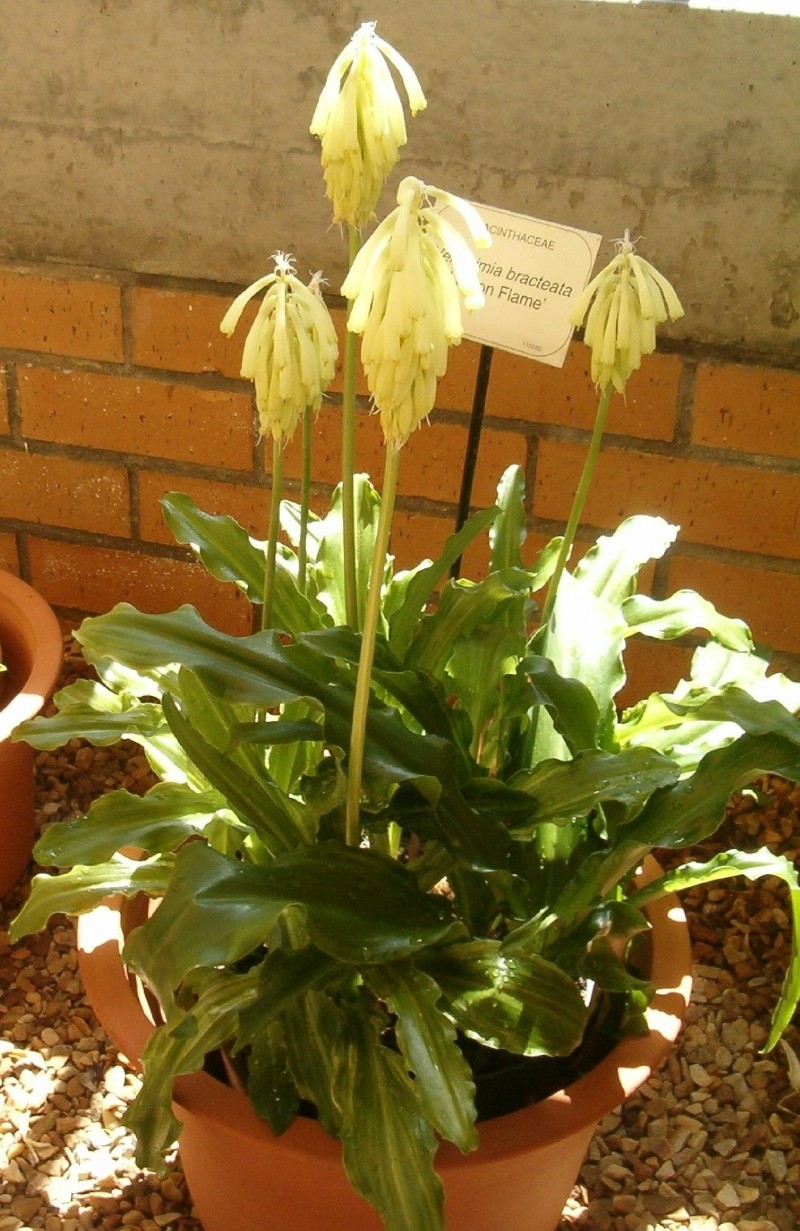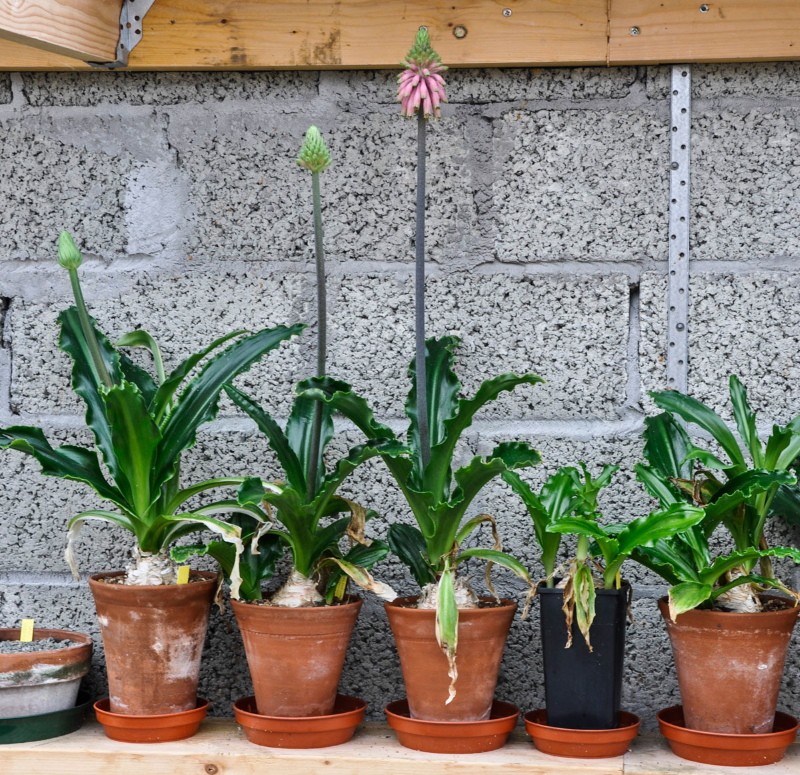The most whimsical bulbous plant for the home - Weltheimia
 From afar, its juicy flower stalks resemble hyacinth blossoms, but close up you realize that the flowers are different, long, like elongated bells. No wonder, because Weltheimia is one of the members of the hyacinth family, known for their gorgeous flowering. It is a pity that it is almost impossible to see it in the open field due to the high thermophilicity of the culture. But even at home, capricious Weltheimia does not bloom in everyone. She feels good indoors, and even dry air does not bother her. But the rosette will give buds only if special rules are observed.
From afar, its juicy flower stalks resemble hyacinth blossoms, but close up you realize that the flowers are different, long, like elongated bells. No wonder, because Weltheimia is one of the members of the hyacinth family, known for their gorgeous flowering. It is a pity that it is almost impossible to see it in the open field due to the high thermophilicity of the culture. But even at home, capricious Weltheimia does not bloom in everyone. She feels good indoors, and even dry air does not bother her. But the rosette will give buds only if special rules are observed.
Weltheimia - description of the plant and its characteristic features

For the original flower stalks, the culture is called the "winter torch". A dense rosette of oval leaves with a wavy edge is formed from the center of the bulb. The peduncle itself appears from its middle. It looks like a bluish tube, the top of which is decorated with a racemose inflorescence. It includes long bell flowers, which remain in a half-closed form. The color is dominated by pink and yellow-green.
The peculiarity of the flowering of Weltheimia is its timing. An arrow with buds appears in the middle of winter, and only if kept cool. If the room temperature is above 12 ° C, the bush will not bloom.
We grow weltheimia at home - what is important to know
 In order for a demanding tropicana not only to grow, but also to be able to lay a peduncle, it must be provided:
In order for a demanding tropicana not only to grow, but also to be able to lay a peduncle, it must be provided:
- A dark place during the dormant period (spring-summer), and good lighting in autumn and winter, during the growing season.
- In summer - temperatures up to + 22 ° С, and from November to spring - no higher than 10-12 ° С.
- Moderate watering along the edge of the pot, and scanty in summer, when the bulb is resting.
- Top dressing once a month with fertilizers for bulbs - only during the flowering period.
Another caveat concerns planting the bulb - it cannot be completely buried in the soil. The tip (about 1/3) should remain above the surface of the substrate. For planting, use a mixture of sand, leafy and sod land in equal proportions. Weltheimia is most often propagated by bulbs.